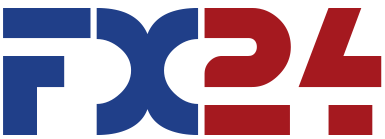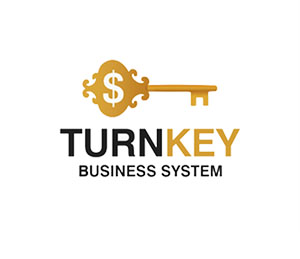Аnalysis Of Key Economic Themes From Trump's Stated Policies

Аnalysis Of Key Economic Themes From Trump's Stated Policies
Tariffs and Foreign Trade Policy
Trump's approach to international trade centers on protectionist policies, particularly through tariffs. The key aspects include:- Targeted tariffs on major trading partners, especially China, to address trade deficits
- Push for bilateral trade agreements rather than multilateral deals
- Focus on reshoring manufacturing jobs to the United States
- Emphasis on "America First" trade policies

Аnalysis Of Key Economic Themes From Trump's Stated Policies
Potential Economic Implications:
- Higher consumer prices for imported goods
- Possible retaliatory tariffs from trading partners
- Disruption of global supply chains
- Increased domestic manufacturing costs
- Impact on agricultural exports due to trade tensions
While tariffs might appear to protect domestic industries, historical evidence suggests mixed results. The 2018-2019 trade disputes demonstrated that tariff costs often get passed to American consumers through higher prices. Companies like Walmart and Home Depot reported significant price increases due to tariffs.
The policy's effectiveness depends heavily on global economic conditions and trading partners' responses.
Anti-Inflation Strategy
The inflation-fighting agenda focuses on several key elements:- Criticism of current Federal Reserve policies
- Advocacy for lower interest rates despite inflation concerns
- Focus on energy independence to reduce fuel costs
- Emphasis on domestic production to stabilize prices
Economic Considerations:
- Potential conflict between low interest rates and inflation control
- Impact on dollar strength and international trade
- Effects on consumer purchasing power
- Relationship between energy prices and overall inflation
- Role of domestic production in price stability
The proposed combination of lower interest rates while fighting inflation presents a potential economic contradiction. Paul Volcker's experience in the 1980s showed that controlling inflation typically requires higher, not lower, rates.
The focus on energy independence as an inflation-fighting tool addresses just one component of a complex economic challenge.
Energy Policy and Oil Drilling
The energy agenda emphasizes domestic production expansion:- Increased drilling permits on federal lands
- Streamlined regulatory approval for energy projects
- Support for fossil fuel infrastructure
- Reduced environmental regulations
- Focus on energy independence
Economic Analysis:
- Impact on domestic energy prices
- Job creation in energy sector
- Environmental compliance costs
- Effects on renewable energy investment
- International energy market implications
Commentary: Expanding domestic oil production might provide short-term price benefits but faces significant long-term challenges. Market realities, including OPEC's influence and global demand shifts toward renewables, suggest that energy independence through fossil fuels may be increasingly difficult to maintain. The policy seems to prioritize immediate economic gains over longer-term energy market transitions.
Immigration and Labor Markets
Immigration policy centers on restrictive measures:- Enhanced border security measures
- Increased deportation efforts
- Stricter employment verification
- Reformed legal immigration system
- Limited pathway for current undocumented residents
Strict immigration policies often create unintended economic consequences. California's agricultural sector in 2017-2018 demonstrated how labor shortages can drive up food prices and reduce crop diversity. The construction and service industries typically see similar effects. Any immigration policy needs to balance security concerns with labor market realities.
These intersecting policies present both opportunities and challenges. While each addresses legitimate economic concerns, their implementation requires careful consideration of both immediate impacts and long-term consequences. Success likely depends on flexible implementation that can adapt to changing economic conditions while maintaining policy objectives.
History suggests that economic policies often produce unexpected results, and the interaction between these four areas could create both synergies and conflicts that affect their overall effectiveness. The challenge lies in managing these interactions while maintaining economic stability during policy transitions.
The economic agenda represents significant changes to current policy, with complex interconnections and implementation challenges. Success depends on careful management of transition periods, international cooperation, and domestic economic stability.
Monitoring these factors will be crucial for understanding the full impact of these policy directions.









Report
My comments